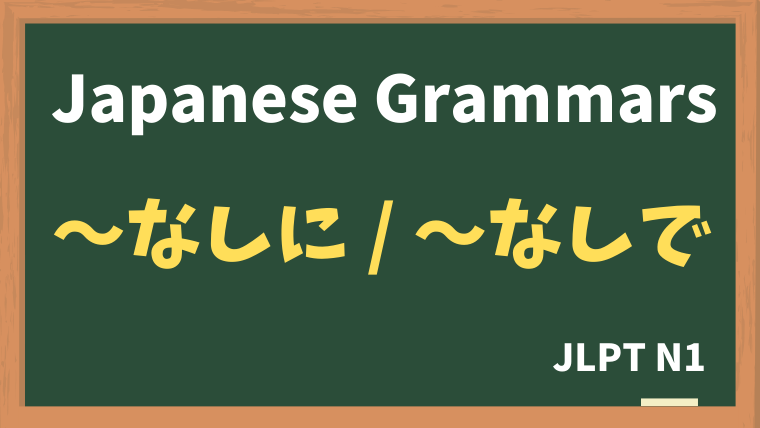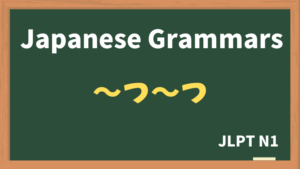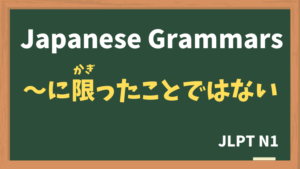
Explanation:〜なしに / 〜なしで
fa-check-circleMeaning
"〜という当然することをしないで・・・する"
Used to indicate that an action or situation occurs without something else that is normally expected or necessary. They both convey the meaning of "without" in English, though their usage slightly differs in terms of grammatical structure.
fa-check-circleForm
V(dictionary form)+ ことなしに
N + なしに
fa-check-circlePoints
- "〜なしに": This is typically used in a more formal or literary context, often followed by a verb, indicating that an action happens without the expected condition or preparation.
- "〜なしで": This is more common in spoken or casual language, usually followed by another action, expressing that the action happens without the item, condition, or preparation that would normally be present.
- Both indicate the absence of something: They both describe actions performed without the involvement of a certain condition, item, or factor.
fa-check-circleJLPT Level
N1
Sample sentenes
この建物には許可なしに入ることはできない。
You cannot enter this building without permission.
会議は休憩なしに2時間続けられた。
The meeting continued for two hours without a break.
トムさんはいつも、仕事が終わったら挨拶なしに帰っていく。
Tom always leaves after work without saying goodbye.
努力なしに 、日本語が上手になるなんてない。
You cannot become proficient in Japanese without effort.
あなたなしに、生きていくことなんてできるわけがない。
I cannot possibly live without you.
Vocabulary
| Japanese |
English | |
| 許可 | きょか | permission |






